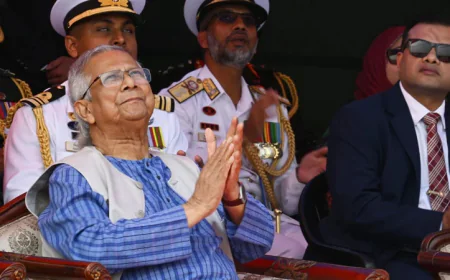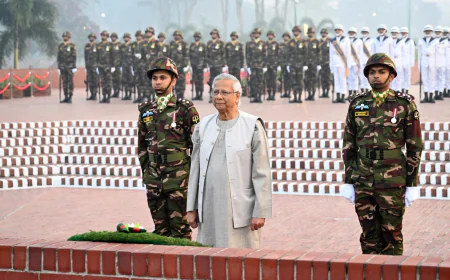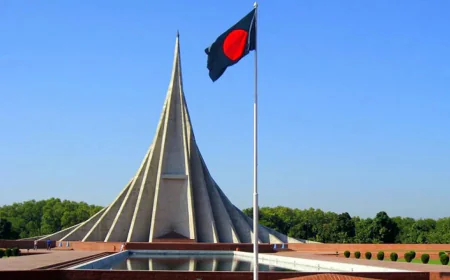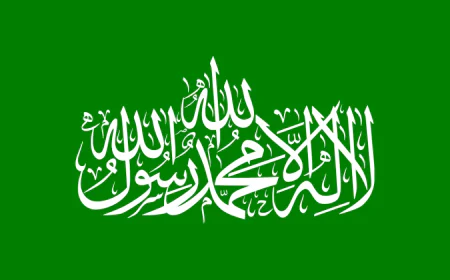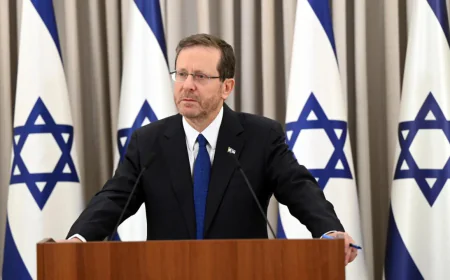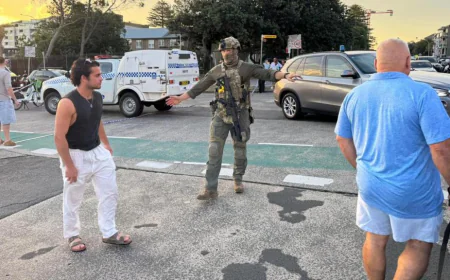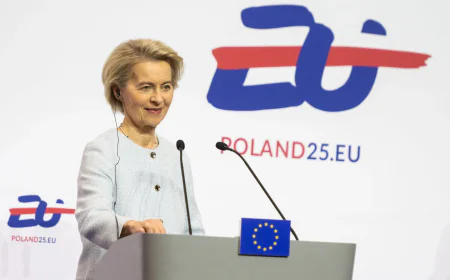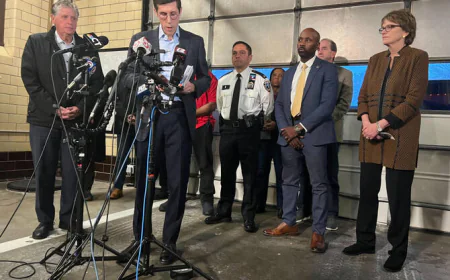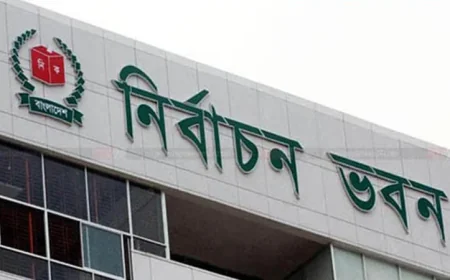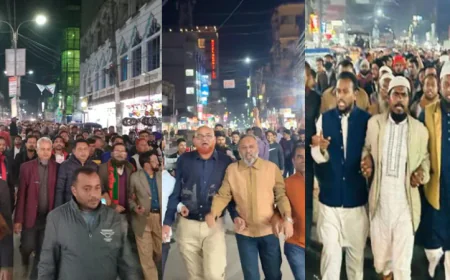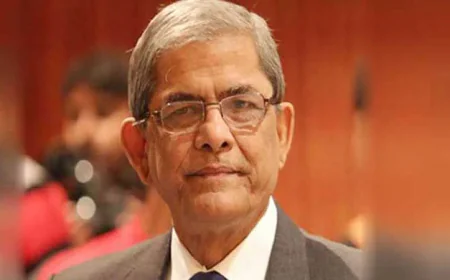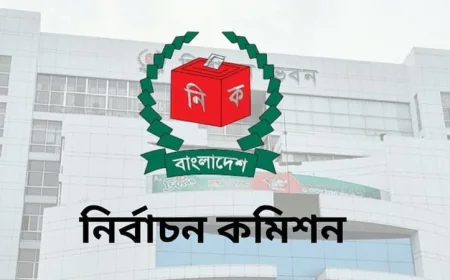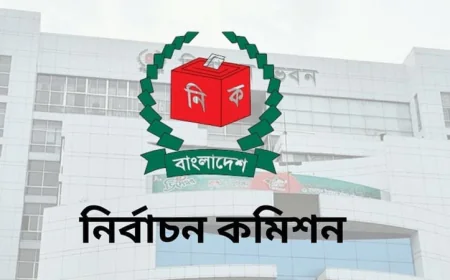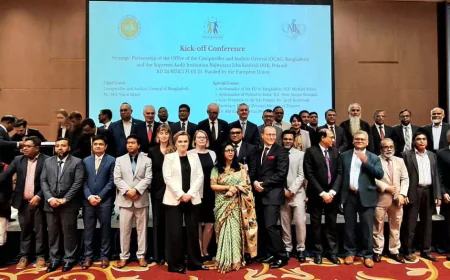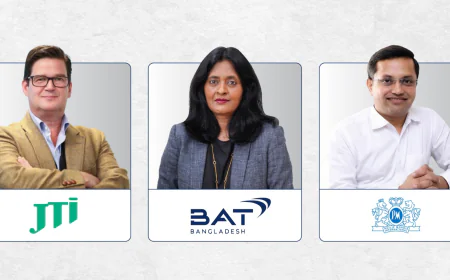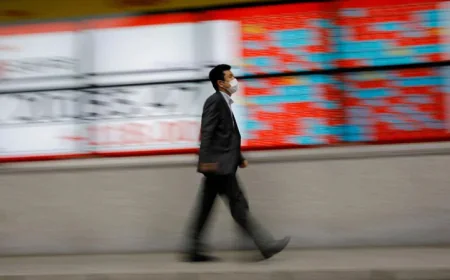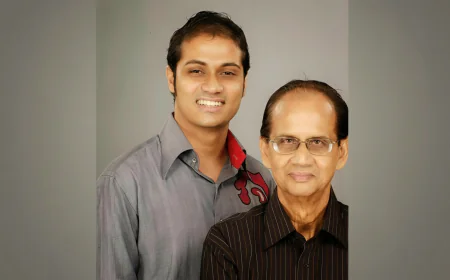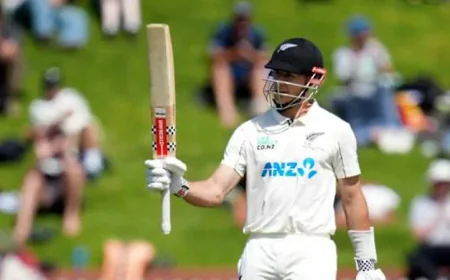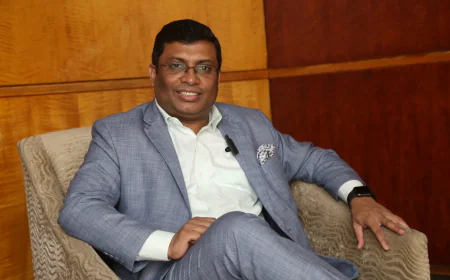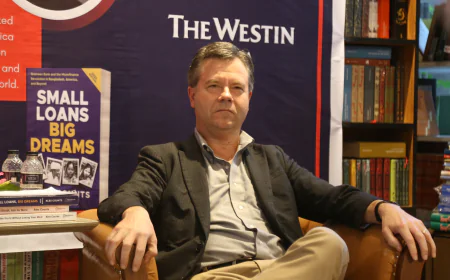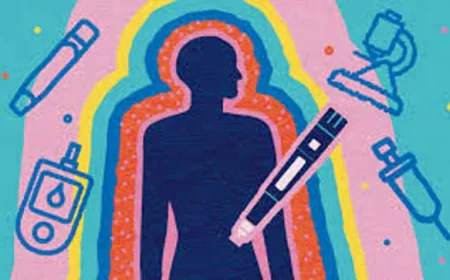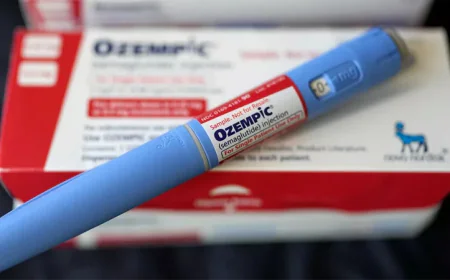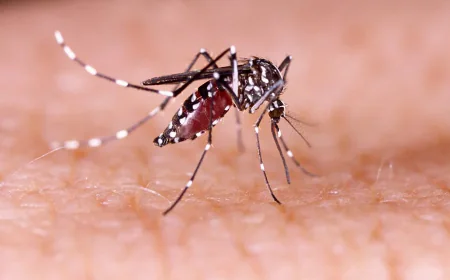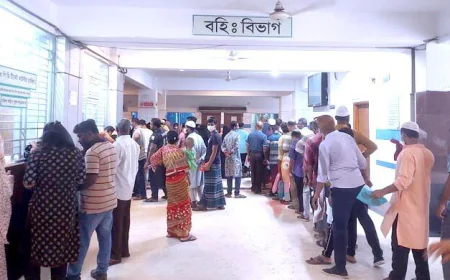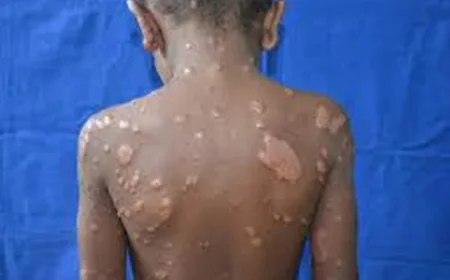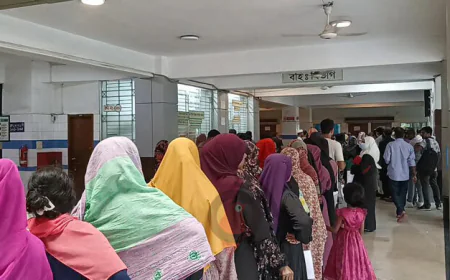USAID Cuts Put HIV-Positive Children at Risk

Aid workers and global health organizations are sounding the alarm over recent funding cuts to the United States Agency for International Development (USAID), warning that the reductions are threatening the lives of thousands of children living with HIV across sub-Saharan Africa and other high-burden regions.
The funding rollback, part of a broader U.S. budget shift, has already led to the scaling down of critical programs that provide life-saving antiretroviral therapy (ART), nutritional support, and maternal HIV prevention services. In countries like Kenya, Uganda, and Mozambique—where USAID has historically played a leading role in HIV response—clinics are reporting medicine stockouts, staffing shortages, and an increase in treatment interruptions among pediatric patients.
“We are seeing children who had been stable on treatment suddenly return to clinics with dangerously high viral loads,” said Dr. Angela Njoroge, a pediatric HIV specialist with a Nairobi-based nonprofit supported by USAID. “When a child with HIV goes without medication even for a few weeks, their health can deteriorate rapidly.”
USAID has long been one of the world’s largest funders of HIV/AIDS programs, operating under the President’s Emergency Plan for AIDS Relief (PEPFAR), which was launched in 2003. Over the last two decades, PEPFAR has helped save more than 25 million lives and dramatically reduced transmission rates. But advocates say recent administrative decisions to redirect USAID funds away from global health toward domestic and geopolitical priorities have quietly undermined these gains.
According to internal documents seen by aid organizations, USAID’s funding for pediatric HIV programs is expected to decline by nearly 20% in fiscal year 2025. While adult HIV programs have also been affected, the cuts have disproportionately impacted services for children and adolescents—groups that already face significant barriers to care.
“Children are not just little adults. They need specialized formulations, close monitoring, and community support to stay healthy. These cuts ignore those realities,” said Michel Baya, regional director for a children’s health NGO operating in West Africa.
The funding shortfall has caused ripple effects beyond the clinics. Community health workers, many of whom are funded through USAID grants, are being laid off or having their hours reduced. Outreach campaigns aimed at early diagnosis and treatment adherence have been paused. In rural areas, where USAID-supported mobile clinics often serve as the only access point to HIV care, services have ceased altogether.
“Without USAID’s support, we’ve had to make heartbreaking decisions,” said Lillian Tambo, who manages HIV programs in northern Uganda. “We’re prioritizing the sickest children, but that means others—those who are stable but still need daily meds—are falling through the cracks.”
International health organizations, including UNAIDS and the Global Fund, have joined the call for the U.S. government to reverse the funding cuts. In a joint statement, they warned that the rollback threatens to undo decades of progress toward controlling the HIV epidemic.
“The U.S. has been a global leader in the fight against HIV. Turning away now, especially from children, would be not just a policy failure—it would be a moral one,” the statement read.
U.S. lawmakers from both parties have expressed concern, with some urging Congress to hold hearings on the impact of the funding changes. Senator Chris Coons (D-DE), a longtime PEPFAR advocate, said, “If these reports are accurate, we need to act urgently. American leadership in global health saves lives and builds stability.”
For children like eight-year-old Amina in western Kenya—who was born HIV-positive and had been thriving thanks to consistent ART—the consequences of the funding gap are painfully real. Her mother, Esther, now makes weekly trips to clinics hoping to find the medication that once arrived without fail.
